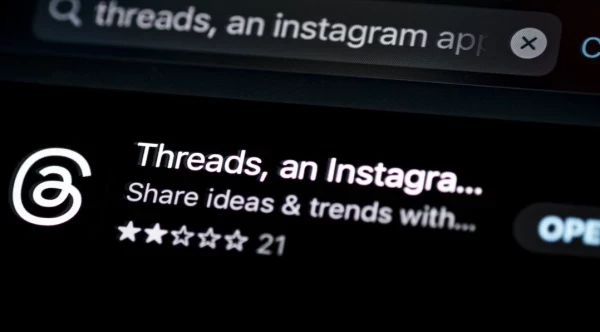Take the "ail" Out of "Email" in Your Contact Center
Add bookmarkMany contact centers make the erroneous assumption that email is something that can wait… and wait… and wait to be answered by an agent. Certainly the days of one-week response times or of completely ignoring customers' email inquiries are over – at least in companies that still turn a profit. However, it is not uncommon for a contact center to average two days or more before a live agent responds to email inquiries. Not so good.
Another erroneous assumption that many email-handling centers make is that all of their agents know how to read and write. It’s probably better that a customer’s email inquiry isn’t responded to at all than for them to receive a response with more grammatical gaffs and syntax errors than Dan Quayle’s autobiography.
Ok, enough about contact centers doing email wrong; let’s talk about those that are doing it right. Following are several best practices in email management that I have uncovered during my many years in the industry acting like a guy who knows stuff.
[eventpdf]
Prepare agents for email-handling success. Top contact centers not only train existing agents on effective email handling, they proactively screen for candidates with decent writing skills, strong reading comprehension and ample email savvy during the hiring process. In doing so, the center is forever staffed with agents who know better than to use inappropriate acronyms and emoticons, and who know how to spell without the use of numbers. Studies have shown that such email messages as "OMG! LOL!" and "Have a gr8t day – we are always here 4 u!" are 83% more likely to cause customer nausea and to lower C-sat than a message that appears to have been written by a fully functioning adult with more than a fourth grade education.
Email training in leading contact centers focuses on such things as:
• The center’s performance metrics/objectives for the email channel
• The types of email contact agents will be receiving
• How to incorporate existing text templates into answers to help increase email response times
• How to quickly access knowledge bases and other resources needed to fully resolve customer email inquiries.
Determine an email response time objective that works well for YOUR contact center. There is no set industry standard for email response times that applies to all contact centers. It really depends on the types of contacts your center receives, what your customers expect, and how much Red Bull you can get your agents to drink.
Contact centers need to play around with response time objectives until they find a feasible target that the company can afford to hit and that still meets customer expectations. If you consistently meet a response time objective of eight hours or less yet constantly receive follow-up contacts and complaints from customers, it’s time to up the ante. On the other hand, if you consistently meet the aforementioned objective and never once get a sign of customer impatience and dissatisfaction, you could probably scale back a bit on your response time goal and use the money you save to pay agents bonuses for never using "LMAO" during a customer email interaction.
Invest in an advanced email management system. While it is possible to get away with using Outlook and other rudimentary email management tools, centers that do rarely if ever achieve a high level of email performance and C-sat, and often get teased or beaten up by better equipped centers at parties.
Today’s email management systems are robust solutions that enable centers to handle email inquiries not only efficiently, but effectively and "intelligently" as well. Features like advanced auto response, user-friendly text templates, skills-based routing, automated post-contact surveys and detailed performance reports enable contact centers to join the A-list of e-support.
Use auto-response to acknowledge receipt of email and to set response expectations. "Thank you for your inquiry. One of our agents is currently working on it and will send you a response within X hours."
Email auto-response messages such as this give the customer instant peace of mind that their issue/inquiry hasn’t been eaten by cyber goblins – and can reduce the number of costly follow-up contacts by 75% or more, assuming your center actually delivers on its response time promise. If it does not deliver, there will be customer cries of "liar liar, pants on fire" across the social globe and in your poor agents’ ears.
Extend quality assurance to email. While many things in a contact center are easier said than done, email monitoring is not one of them. The best contact centers, as well as many average and mediocre ones, have a quality assurance specialist or at least a supervisor evaluate a few agent-customer email transcripts (which are easy to obtain since email is an electronic text-based activity) for each agent per month.
During these evaluations, agents are rated on accuracy of information provided, professionalism, grammar/spelling and resolution of the customer’s issue. Agents that struggle in any of these areas receive prompt coaching or a dictionary, while those who consistently achieve high email quality scores are sent to a lab for cloning.





















